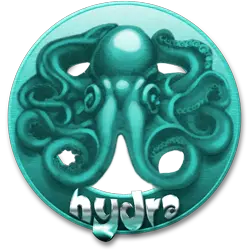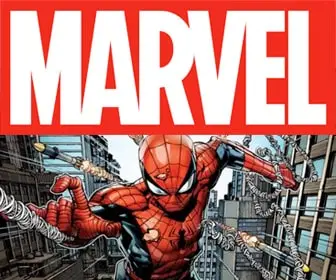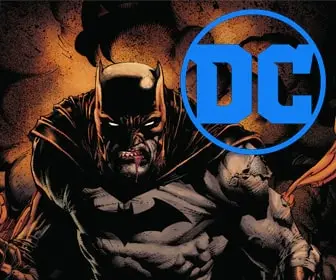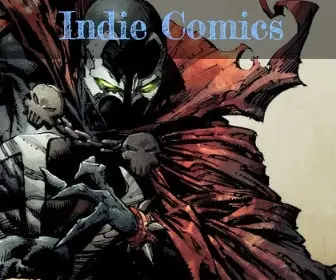
Sci-Fi & Dreams: The Vision of Moebius
Unveiling Moebius: A Master of Imagination
The name Jean Giraud might not ring a bell, but mention Moebius, and science fiction and fantasy fans around the world light up. Moebius was the artistic pseudonym adopted by Giraud, a prolific French artist who carved a unique path in the world of comics and illustration. While Giraud achieved acclaim with his Western comics under the pen name Gir, it’s Moebius’ fantastical creations that continue to inspire and captivate. His art transcends the boundaries of genre, transporting readers to alien landscapes and dreamlike vistas, all rendered with a captivating visual style that has cemented Moebius’ place as a true visionary.
Moebius: Genre-Bending Shapeshifter
Moebius wasn’t content to be confined by a single artistic lane. He was a genre-bending shapeshifter, effortlessly weaving between science fiction epics like “The Arzach Chronicles” and the fantastical world of “Silver Surfer” created alongside Stan Lee. Yet, his artistic roots weren’t on distant planets. Moebius, as Jean Giraud, honed his skills on the dusty plains of the American West, illustrating the critically acclaimed “Blueberry” series under the pen name Gir. This Western heritage provided a surprising counterpoint to his futuristic creations, showcasing Moebius’ ability to master diverse artistic landscapes.
Moebius’ influence extended beyond the comic book page. His visionary concepts found their way onto the silver screen, shaping the visual landscapes of iconic films like “Alien” and “Tron.” His ability to breathe life into fantastical worlds made him a sought-after concept artist, forever etching his mark on the world of cinema.
The Power of Line: Moebius’ Dance of Form
Moebius wasn’t just a storyteller; he was a master choreographer, wielding lines with the precision of a dancer to create depth and movement in his artwork. Unlike some artists who rely on heavy inks and detailed textures, Moebius achieved remarkable three-dimensionality with a seemingly effortless dance of thin, confident lines. These lines weren’t rigid or static; they flowed and curved, wrapping around figures and objects to create a sense of movement and dynamism. Imagine a desert landscape – with just a few strokes, Moebius could evoke rolling dunes stretching towards a distant horizon, the lines themselves conveying the vastness and windswept nature of the scene. This masterful use of linework wasn’t just about aesthetics; it was a storytelling tool, silently guiding the viewer’s eye through the composition and immersing them in Moebius’ meticulously crafted worlds.
Inspiring Generations: Moebius’ Enduring Legacy
Moebius’ influence stretches far beyond the pages he filled. His art continues to inspire a new generation of artists and creators across various mediums. Video game designers find endless inspiration in the sprawling landscapes and alien creatures he conjured. Filmmakers reference his work when crafting their own fantastical visions. Even fashion designers have been captivated by his style, incorporating elements of his work into their collections. Moebius’ legacy isn’t merely about inspiring others; it’s about the sheer joy his art continues to evoke. His work transcends language and cultural barriers, speaking a universal language of wonder and imagination. Moebius wasn’t just an artist; he was a window into boundless creativity, and his visionary spirit ensures his fantastical universe will continue to enthrall and inspire for generations to come.
Collectors
Here are 5 comic book issues every Moebius fan should consider owning:
- The Arzach Chronicles (Epic Illustrated #12 & 13): This early exploration of Moebius’ signature style features the enigmatic character Arzach and his flying pterodactyl mount. These issues showcase the artist’s ability to create a captivating world through silent storytelling.
- Silver Surfer: Parable (Marvel Graphic Novel #1): This collaboration between Moebius and Stan Lee is a unique take on the Silver Surfer. Moebius’ art elevates the cosmic hero’s journey to a visually stunning and thought-provoking level.
- Lonesome Cowboy Blueberry (Blueberry #1): While showcasing a different side of Moebius’ artistic range, this first issue of the “Blueberry” series under the pen name Gir demonstrates his masterful storytelling and detailed Western landscapes.
- The Metabarons (Issue #1): This science fiction epic, co-created with Jodorowsky, is a feast for the eyes. Moebius’ detailed and dynamic artwork perfectly complements the complex narrative, making it a must-have for sci-fi fans.
- Moebius: The World of Edena (A one-shot collection): This compilation offers a diverse selection of Moebius’ work, including short stories, illustrations, and concept art. It’s a great way to experience the breadth of his artistic vision in a single volume.
Availability Note: Depending on the specific issues and their condition, some may be easier or more expensive to acquire. Consider searching online retailers specializing in back issues or checking local comic book stores.















